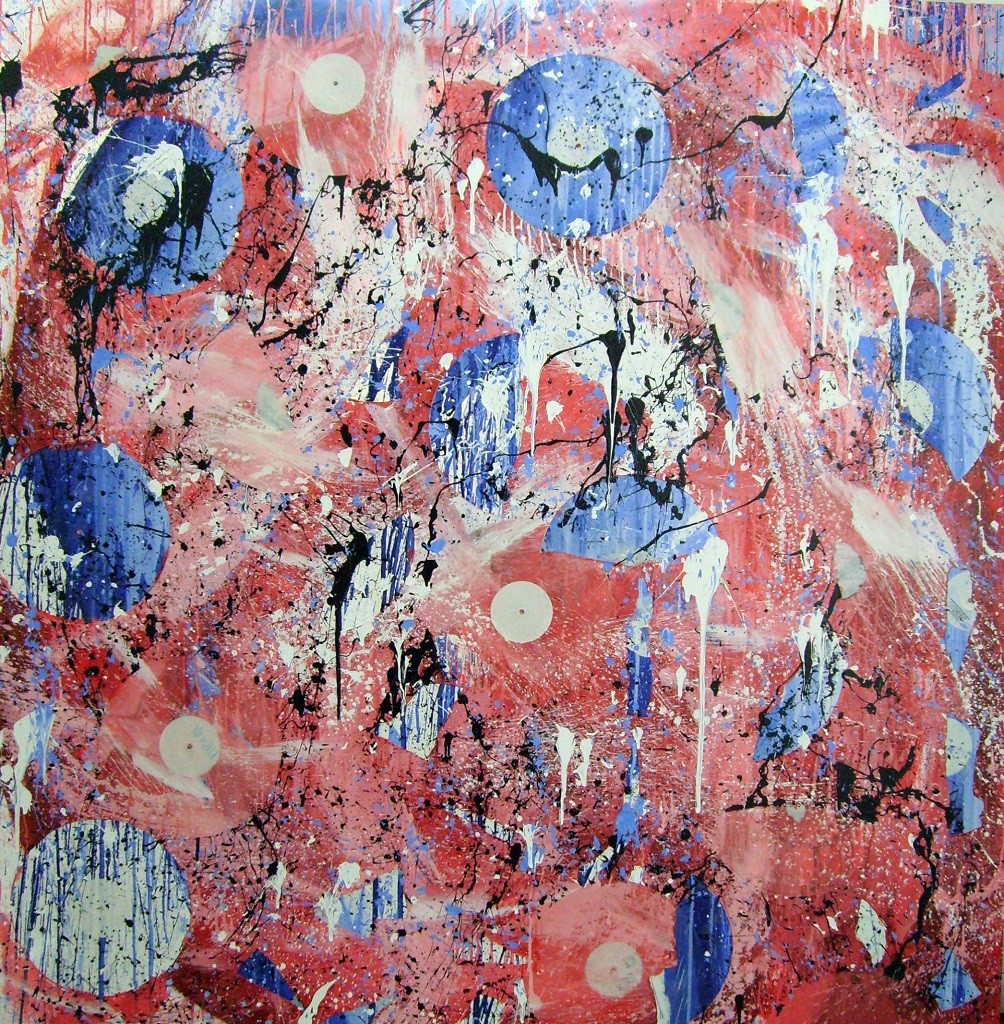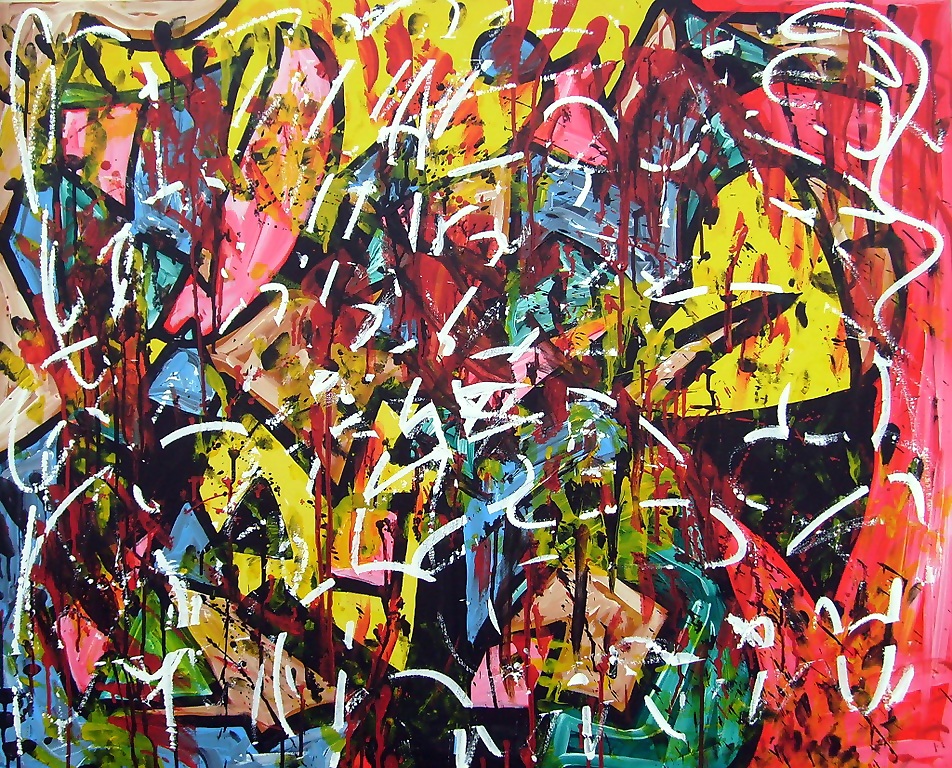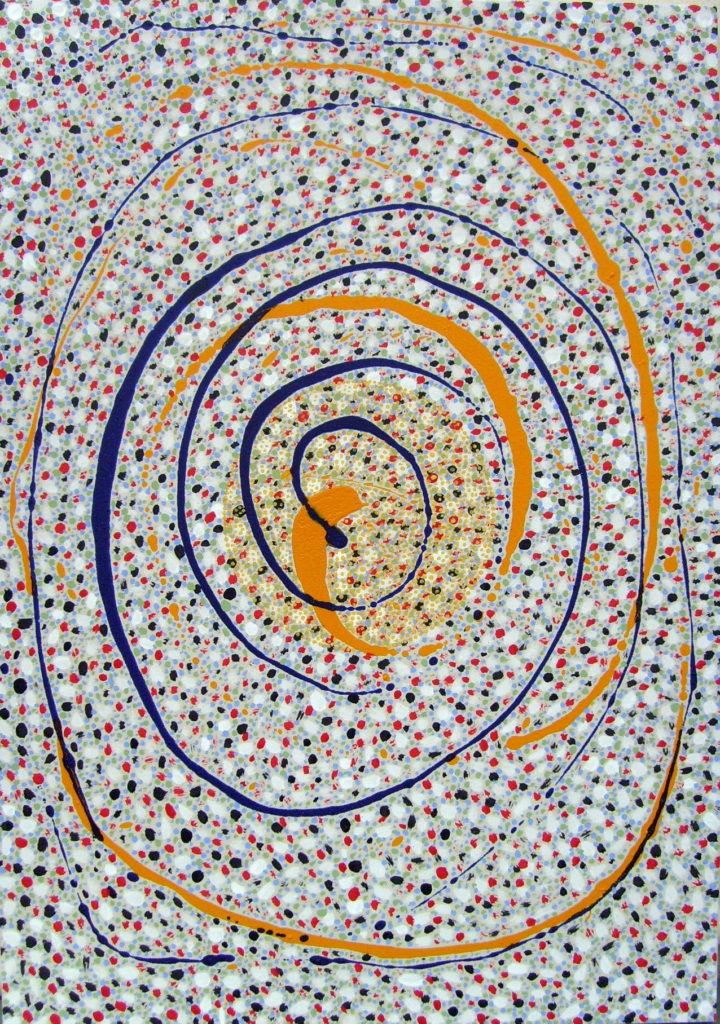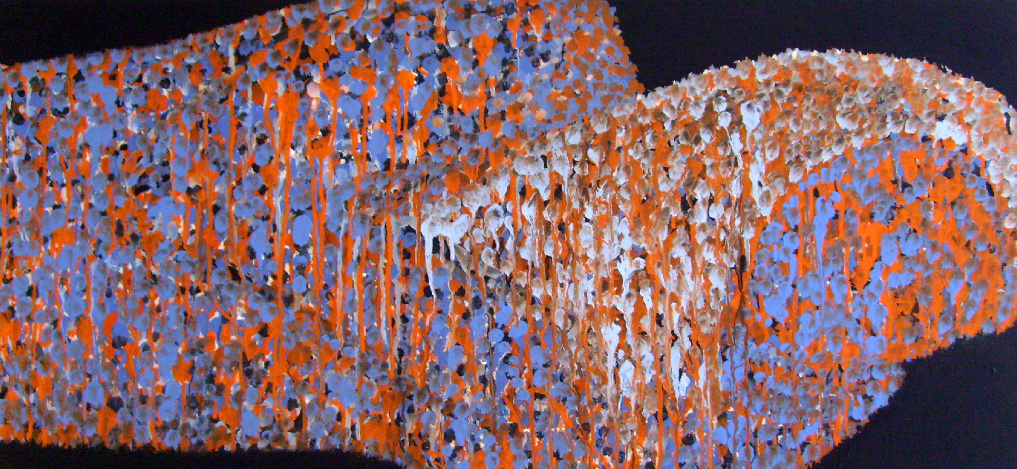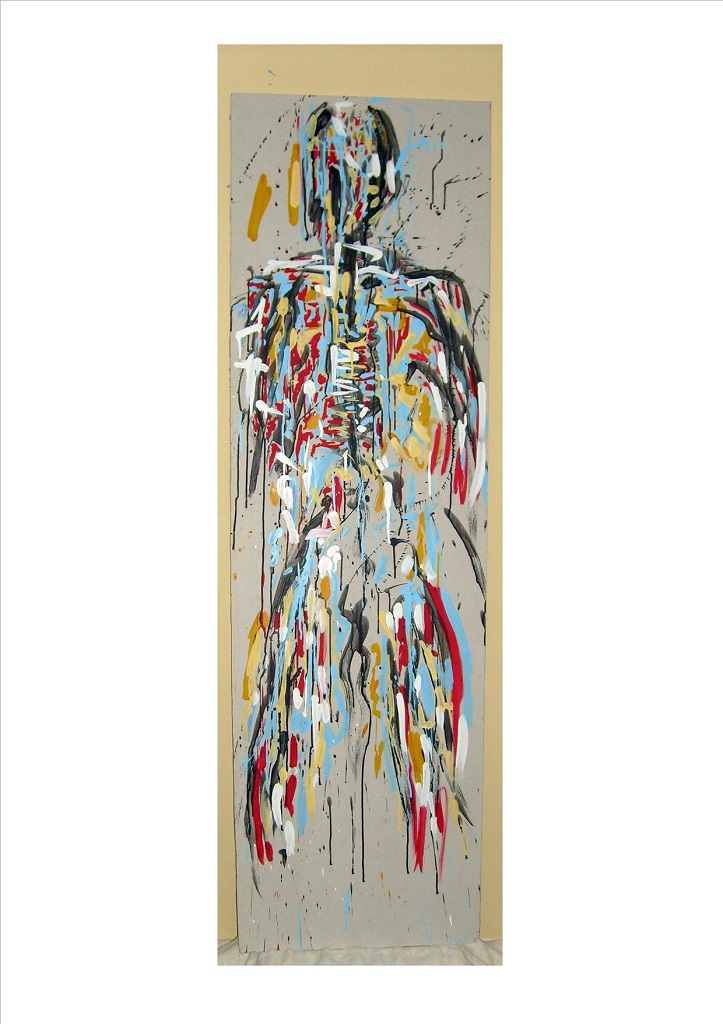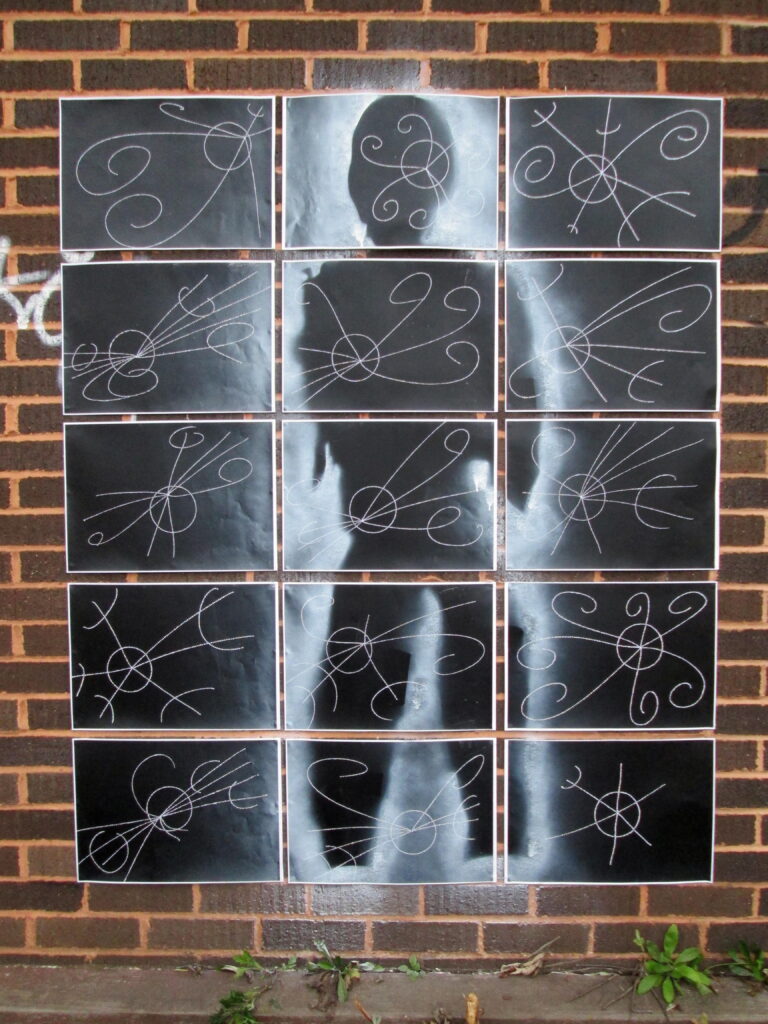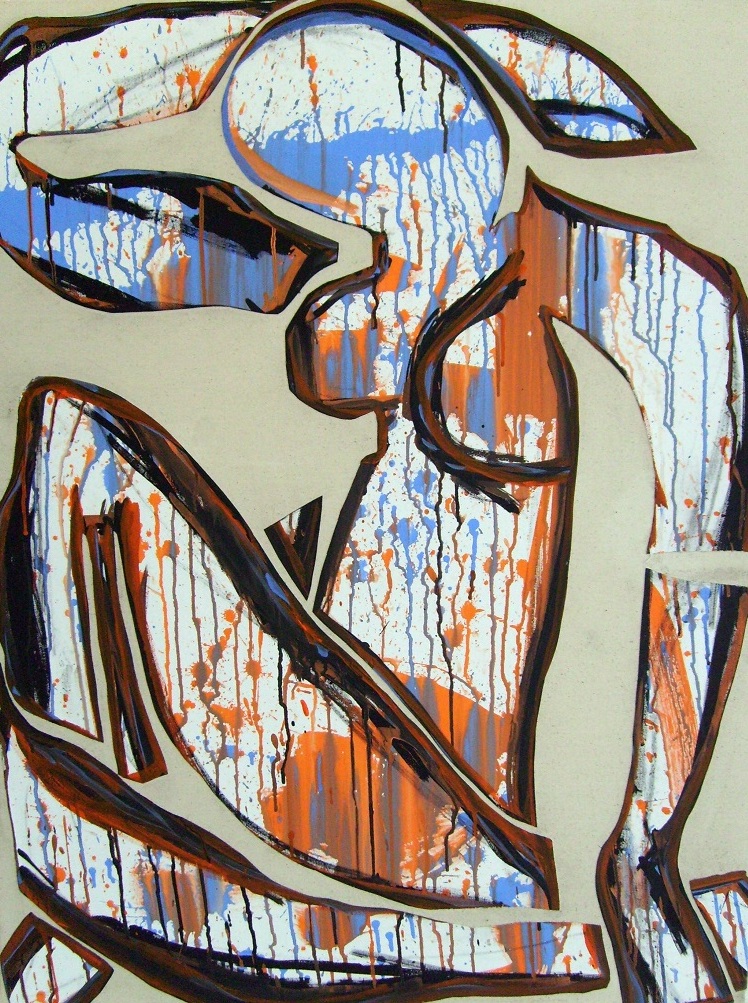‘If the doors of perception were cleansed every thing would appear to man as it is, Infinite. For man has closed himself up, till he sees all things thro’ narrow chinks of his cavern’ ~ William Blake
I struggle with the cruelty of man facilitated by his monstrous machines, of which a higher concentration sustains its melancholy.
Dark satanic mills, in all their destruction of nature and human relationships, have since been replaced by server farms and data centres. Sinister in its anodyne aloofness, a restless hum pervades humankind fragmented globally via the hypnotic radiance emanating from millions of screens serving an all-seeing eye; a prophet for the annihilation of all that is beautiful.
I save my despair for the written word. In painting, I seek something else: unity. Similar to Blake, I feel if only we could cleanse the doors of perception, we might see so much beauty in nature and each other. Lost amid the narrow, disharmonious cavern of a hyper-connected world, reducing humanity to expendable units in servitude of the commodified psychopathy of ecocidal capitalism, I believe art suffers when it lacks idealism; I consider landscapes to be a door.
My aim is to paint poetry; colour is its glue.
Percival Alexander

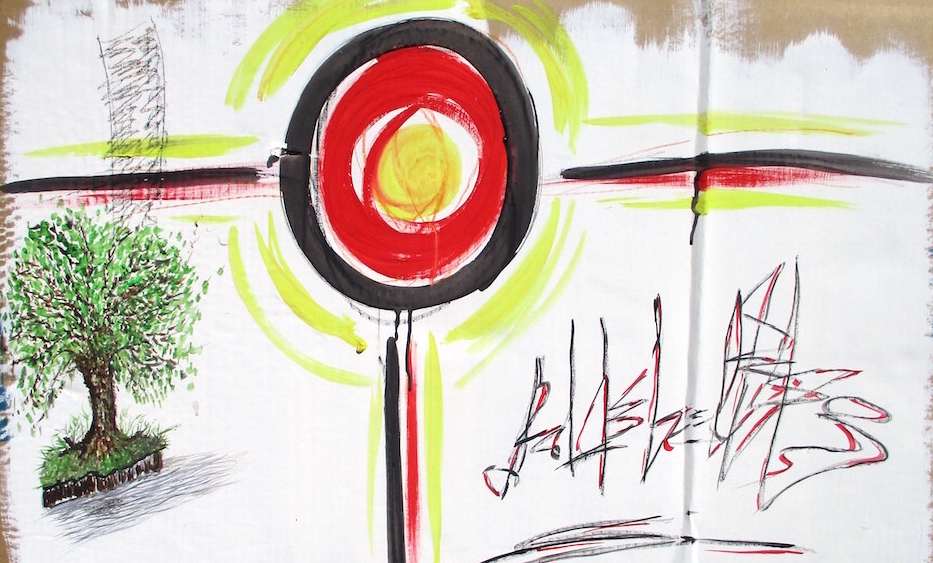
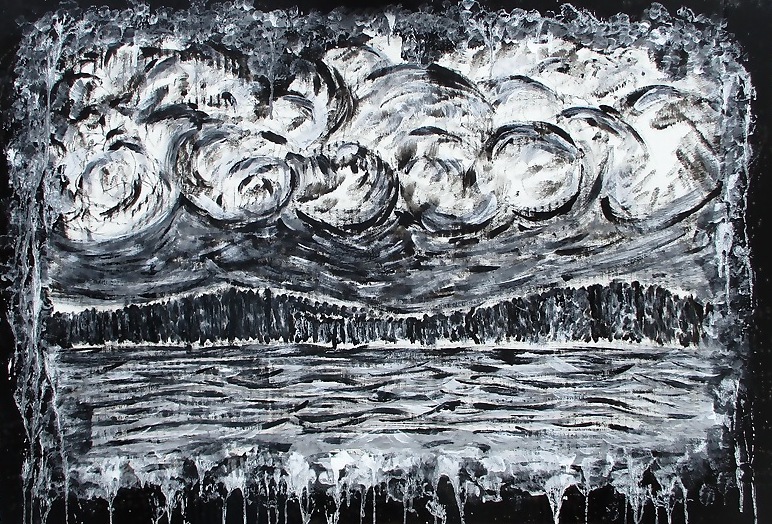
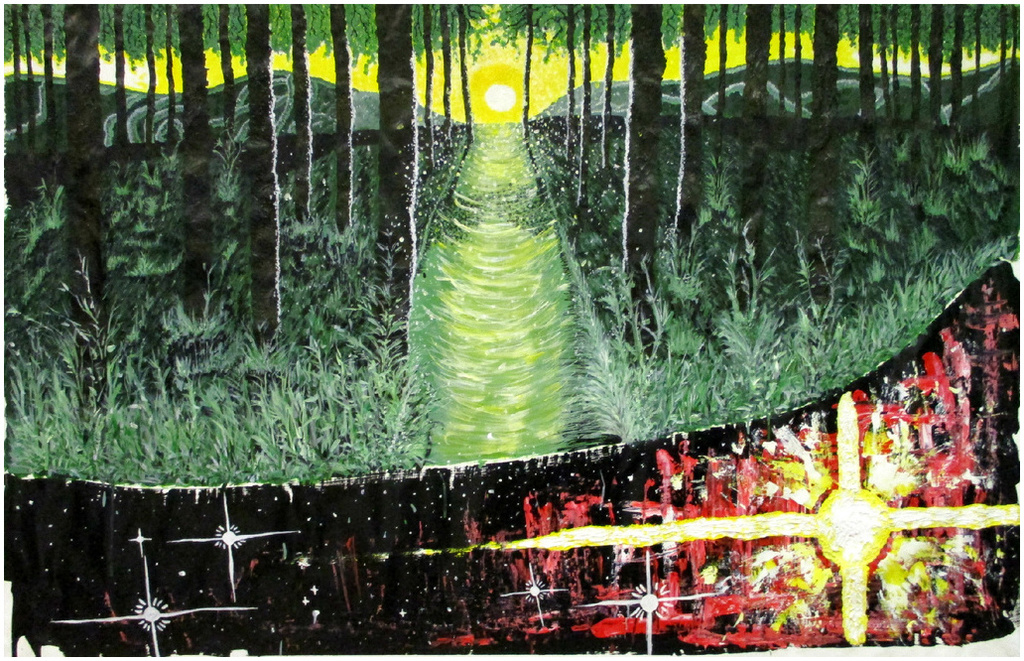
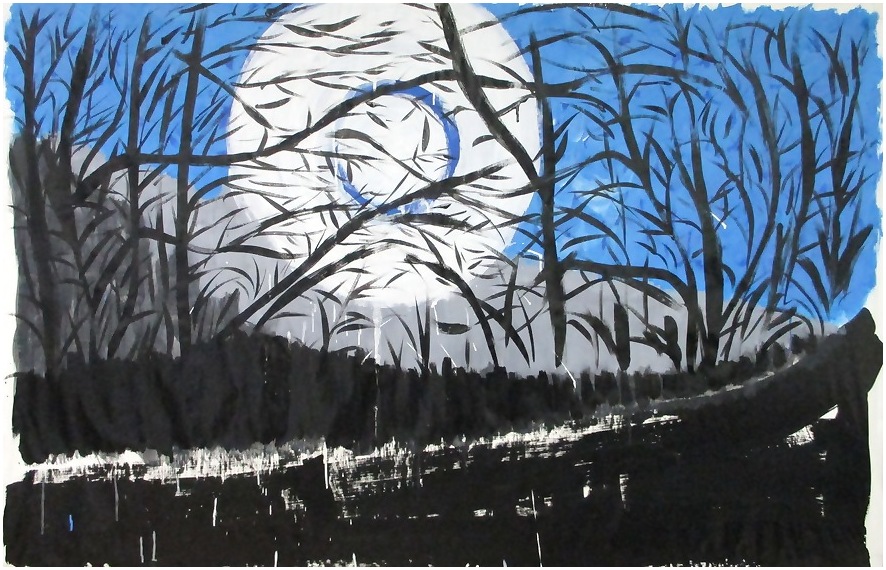


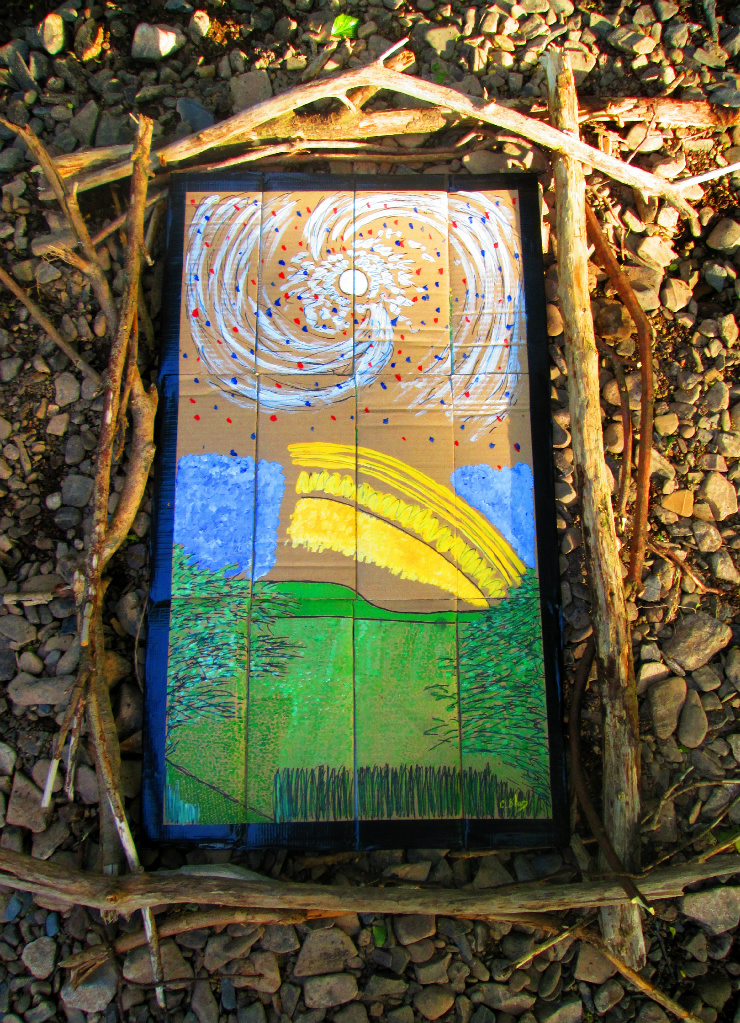


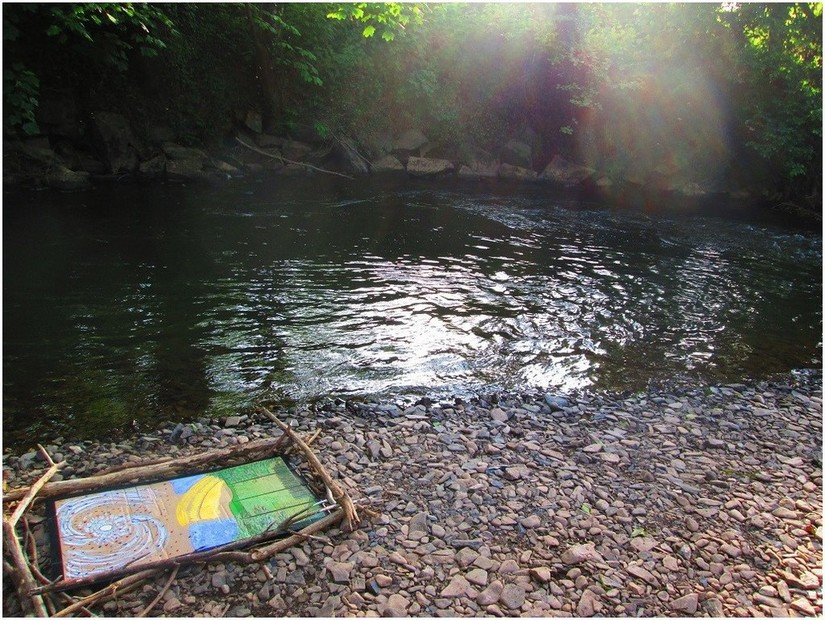

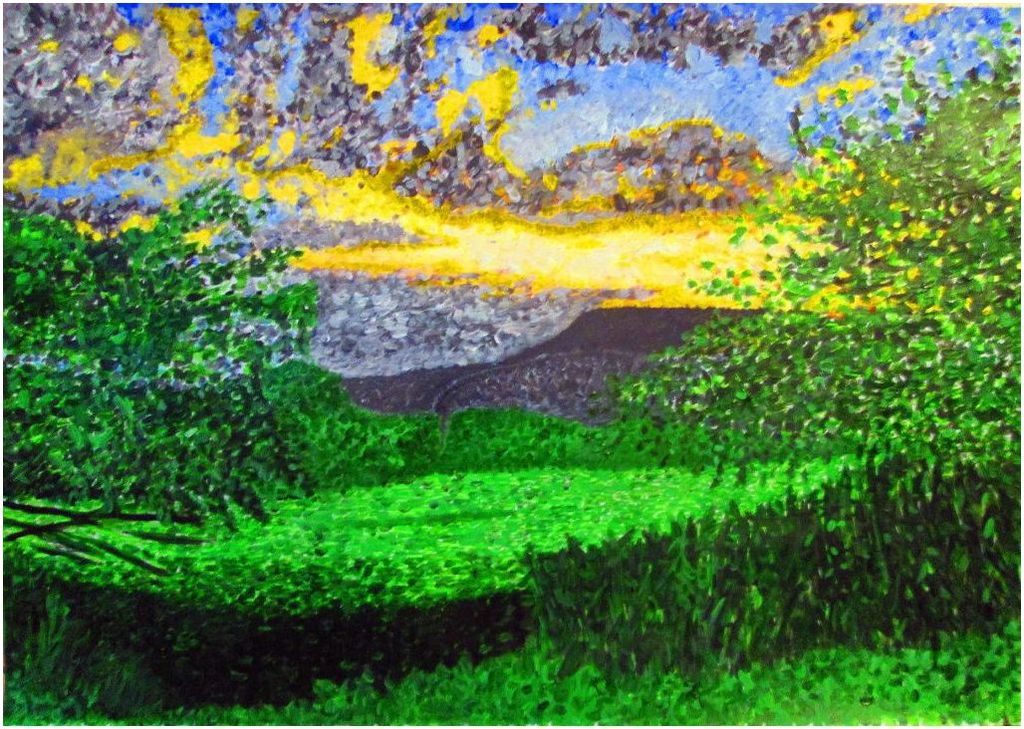
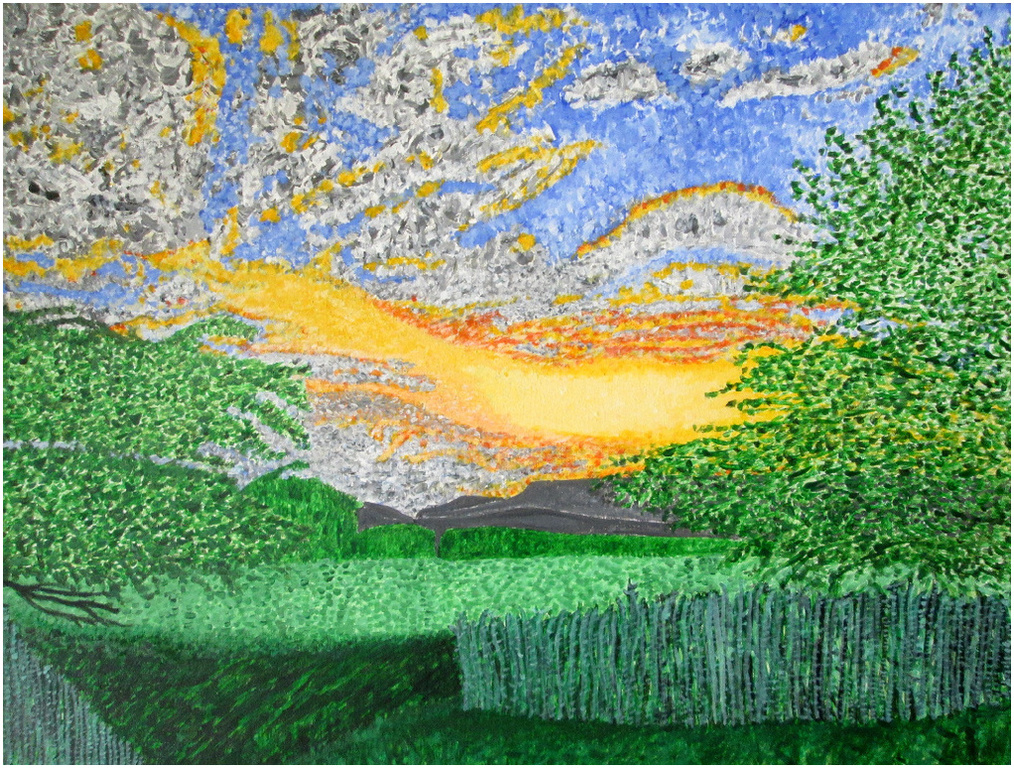
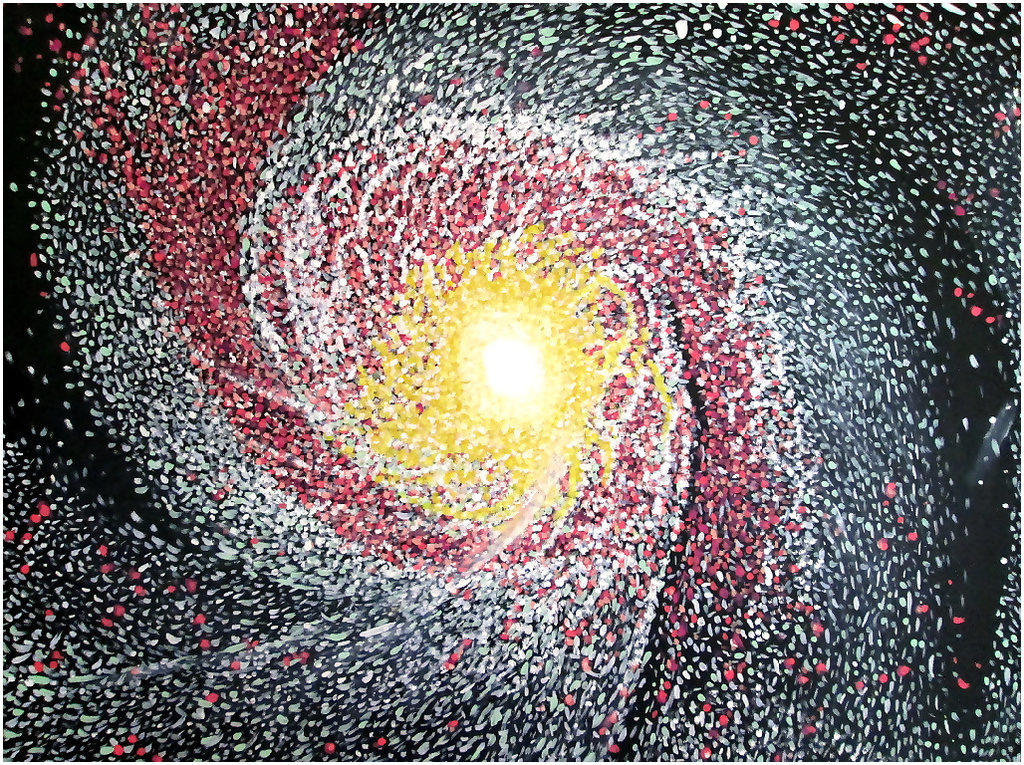
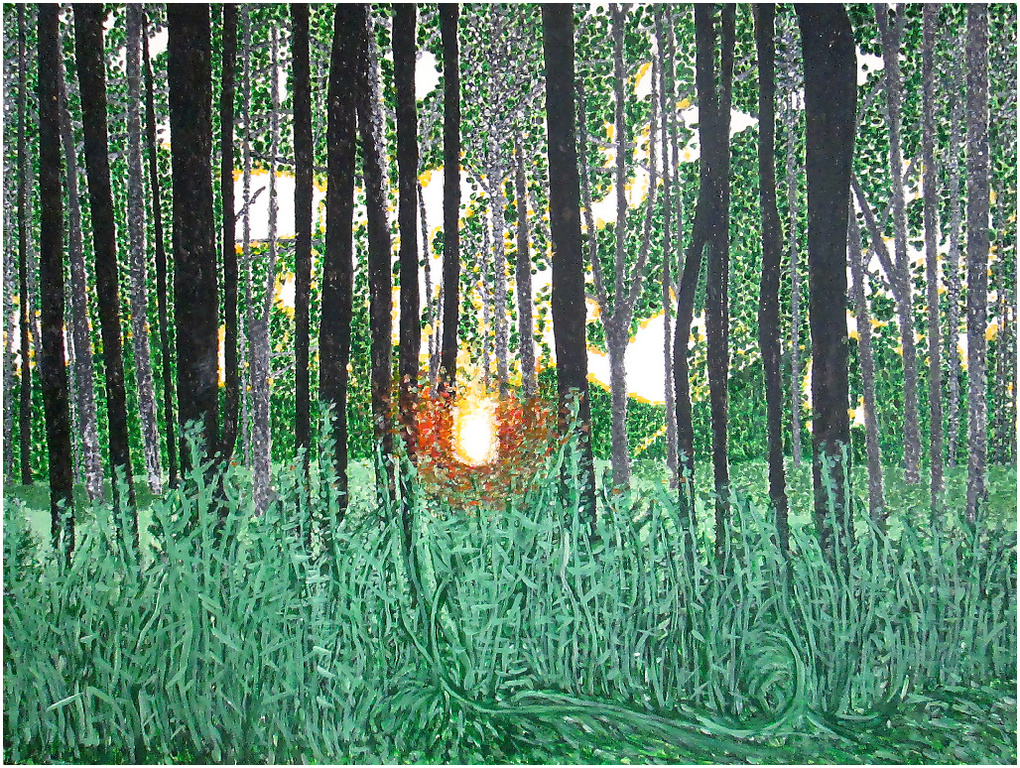
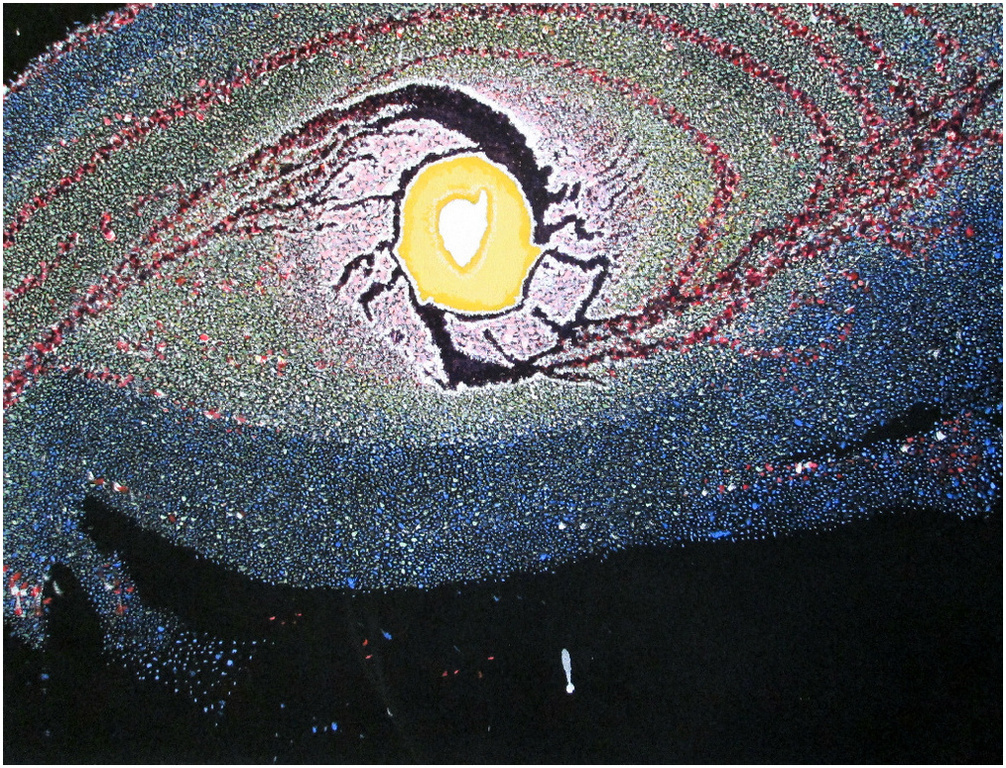
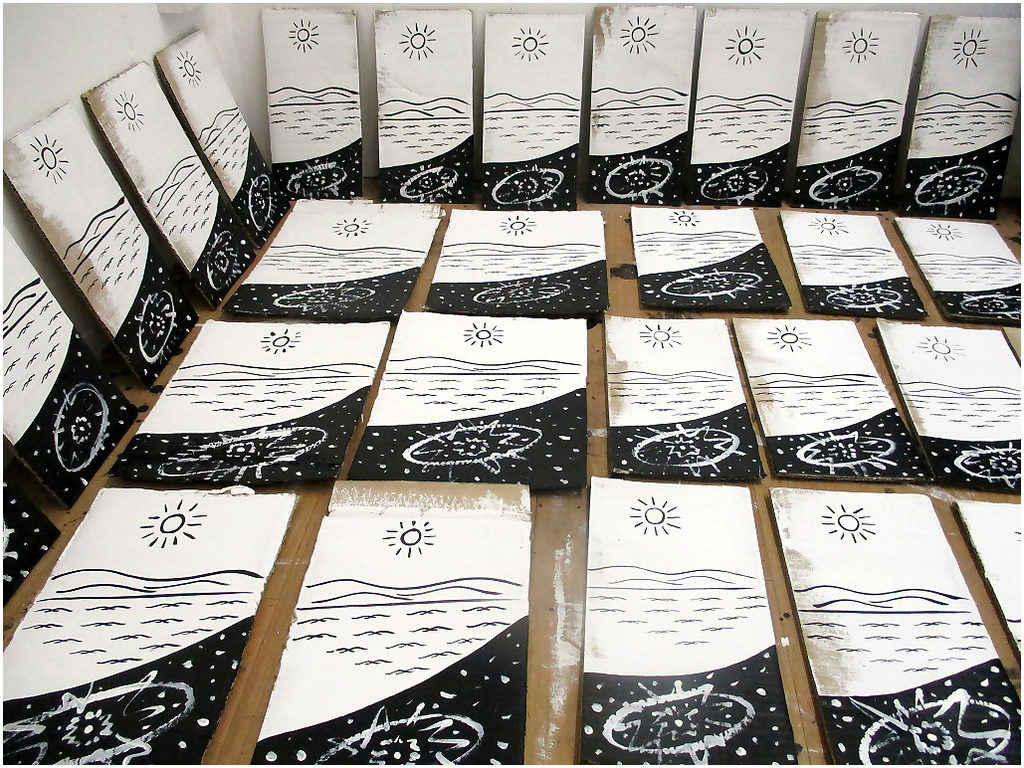

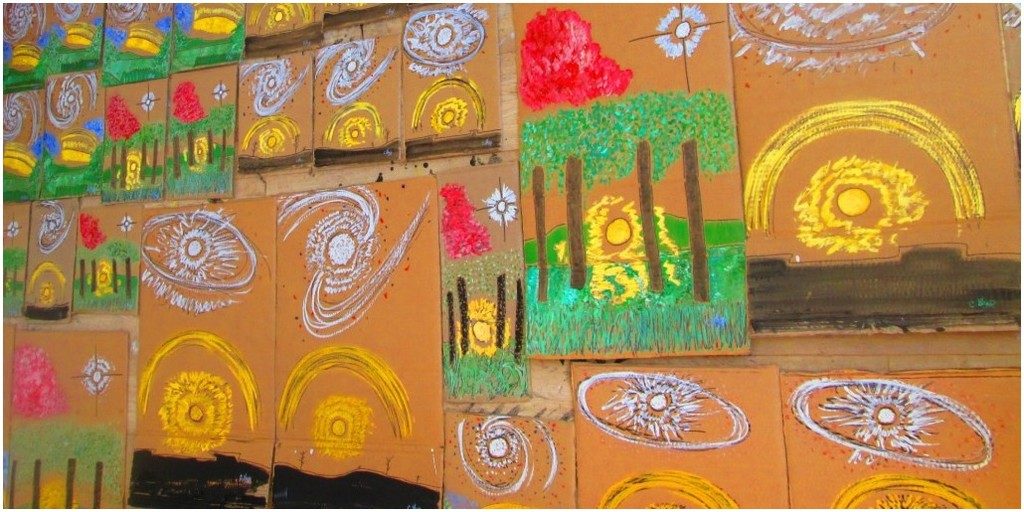

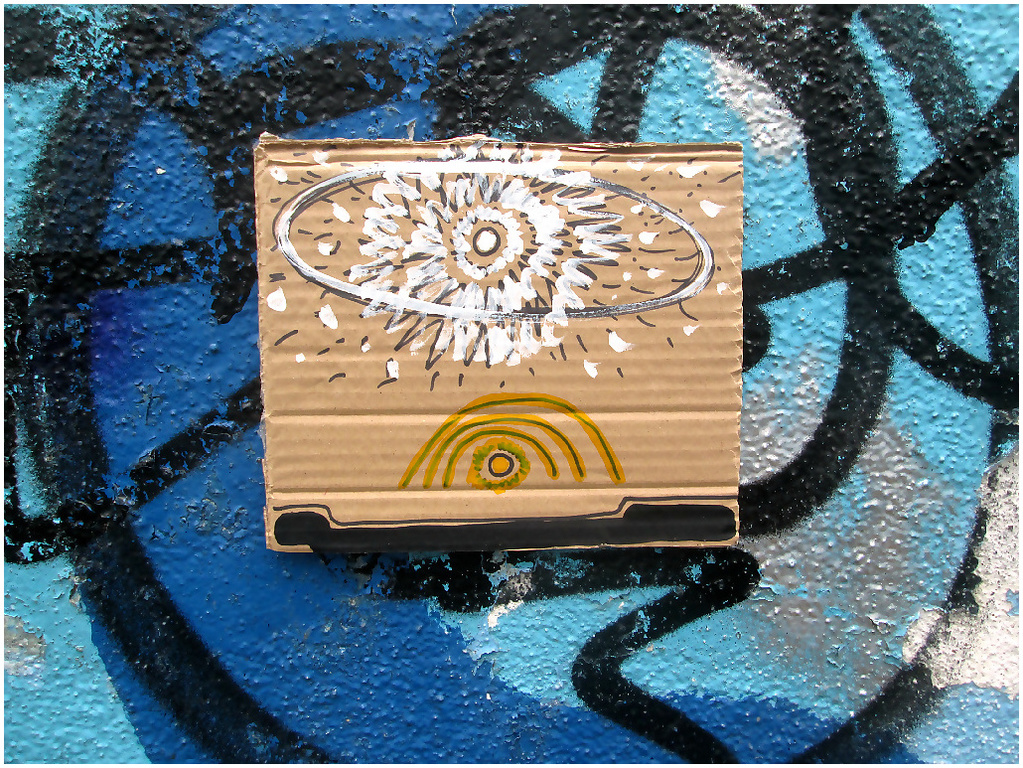

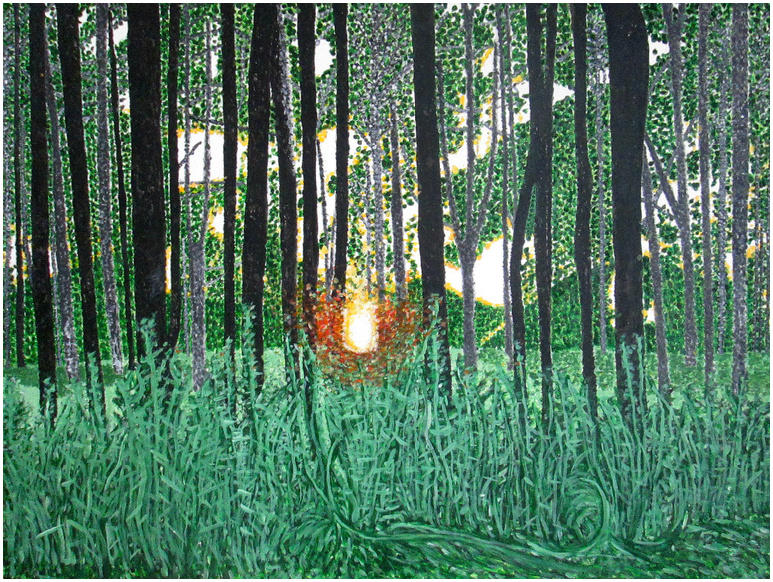
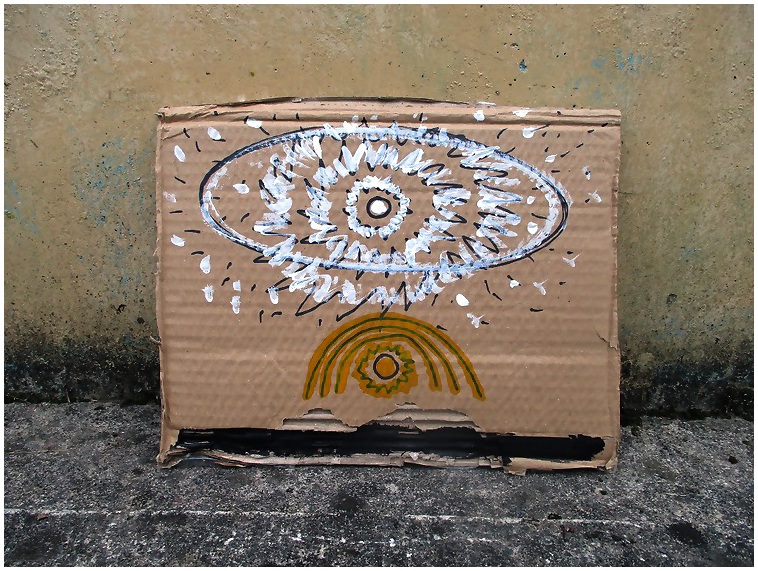
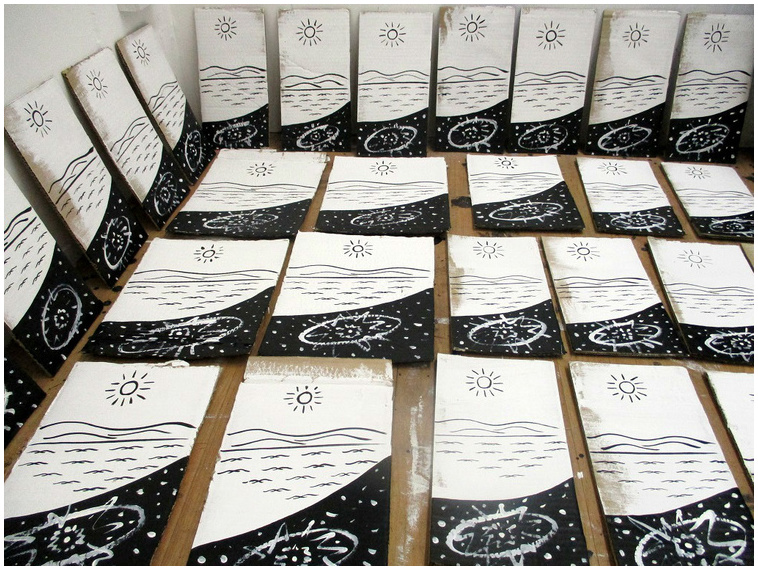
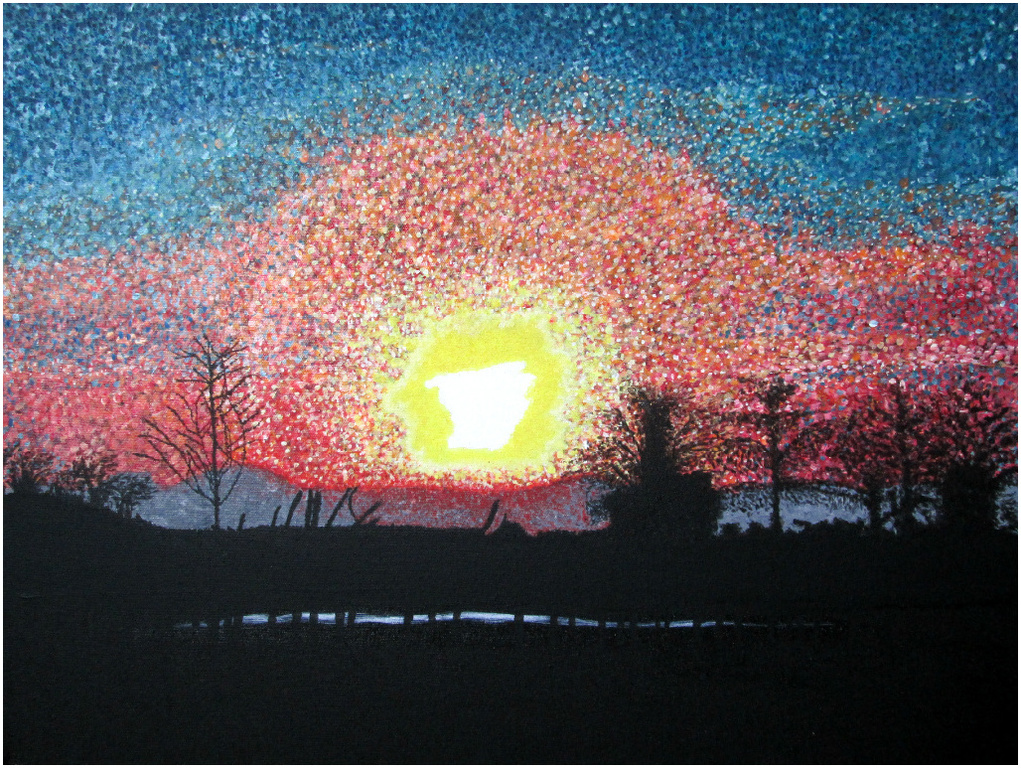
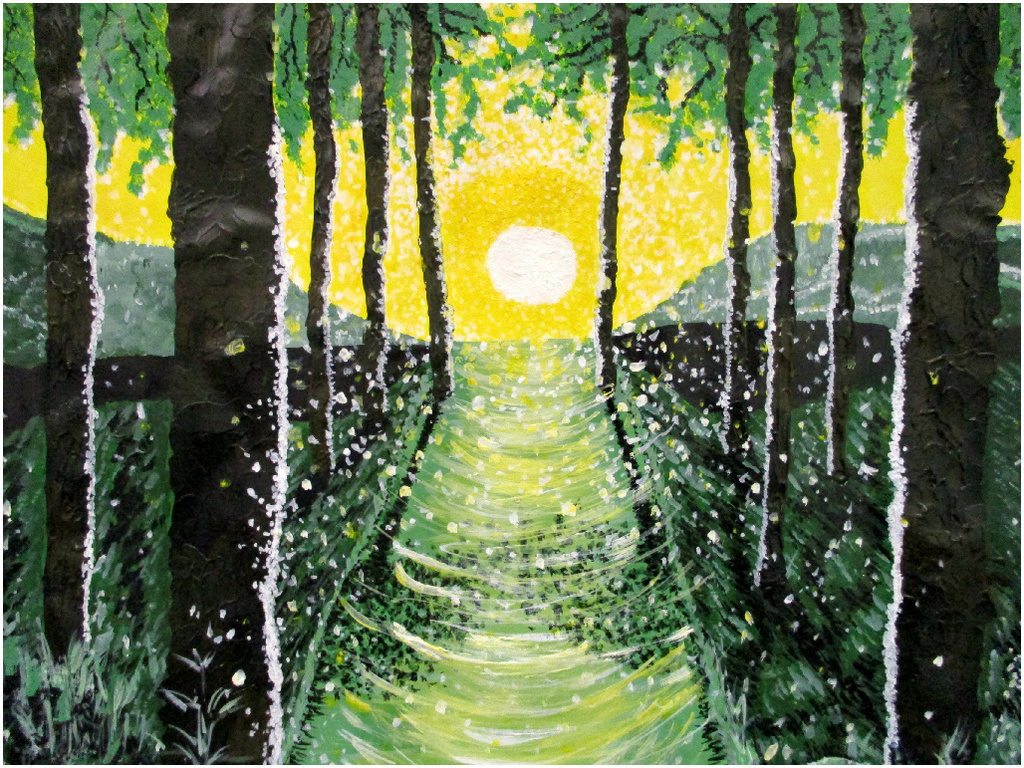
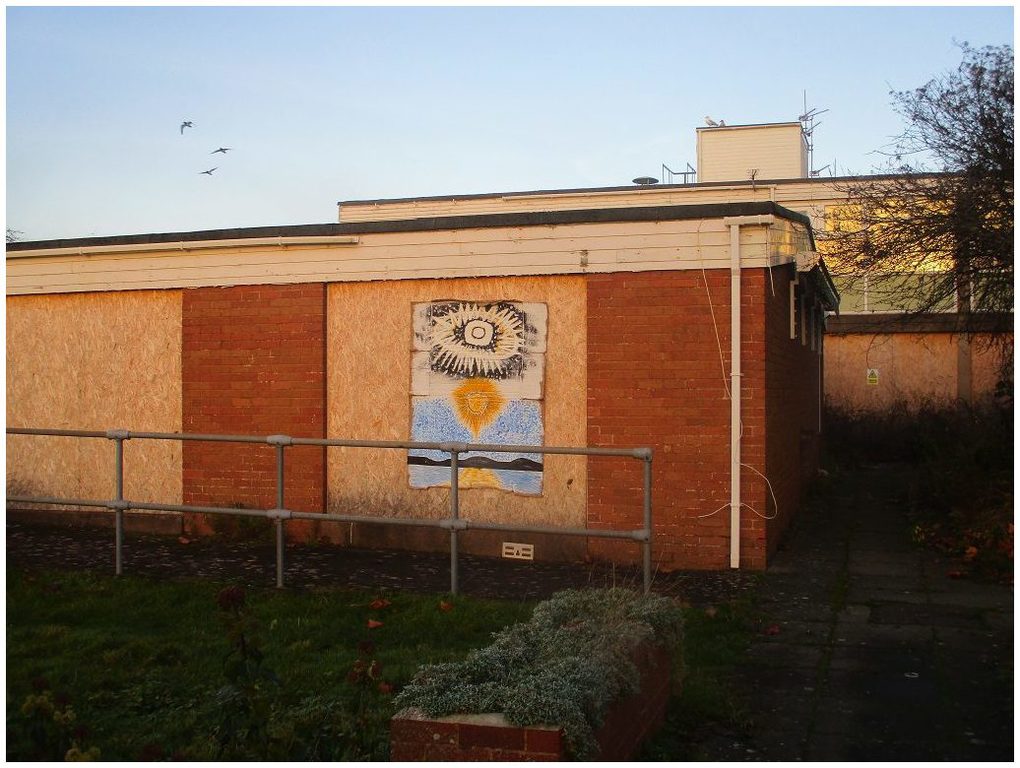
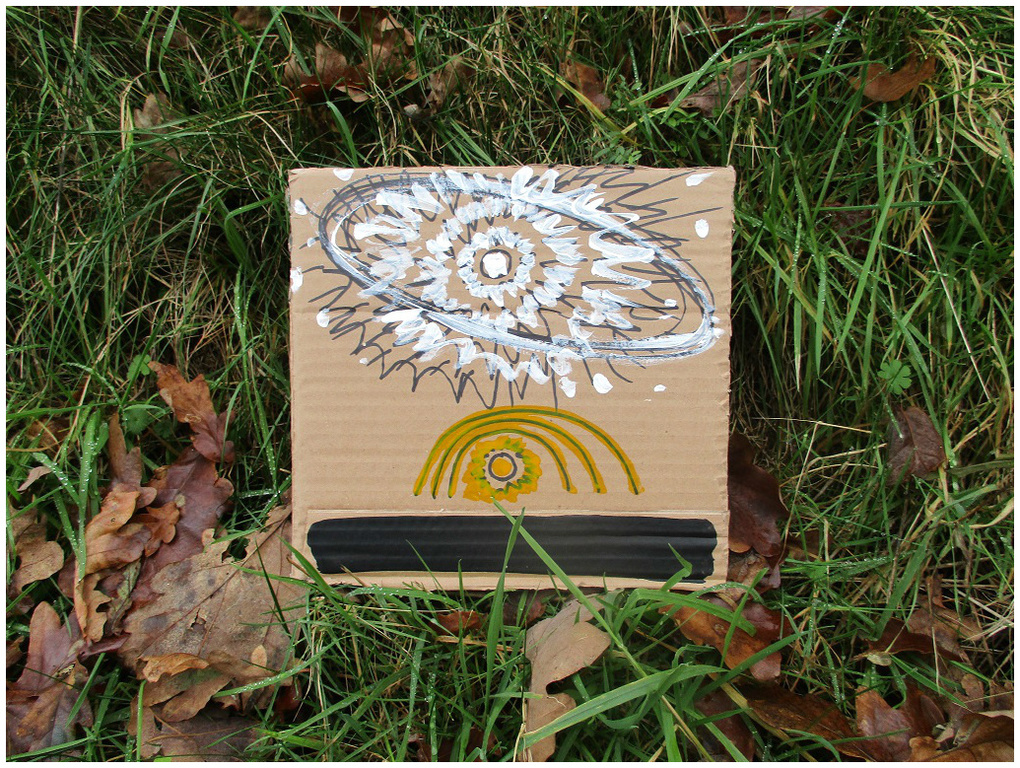

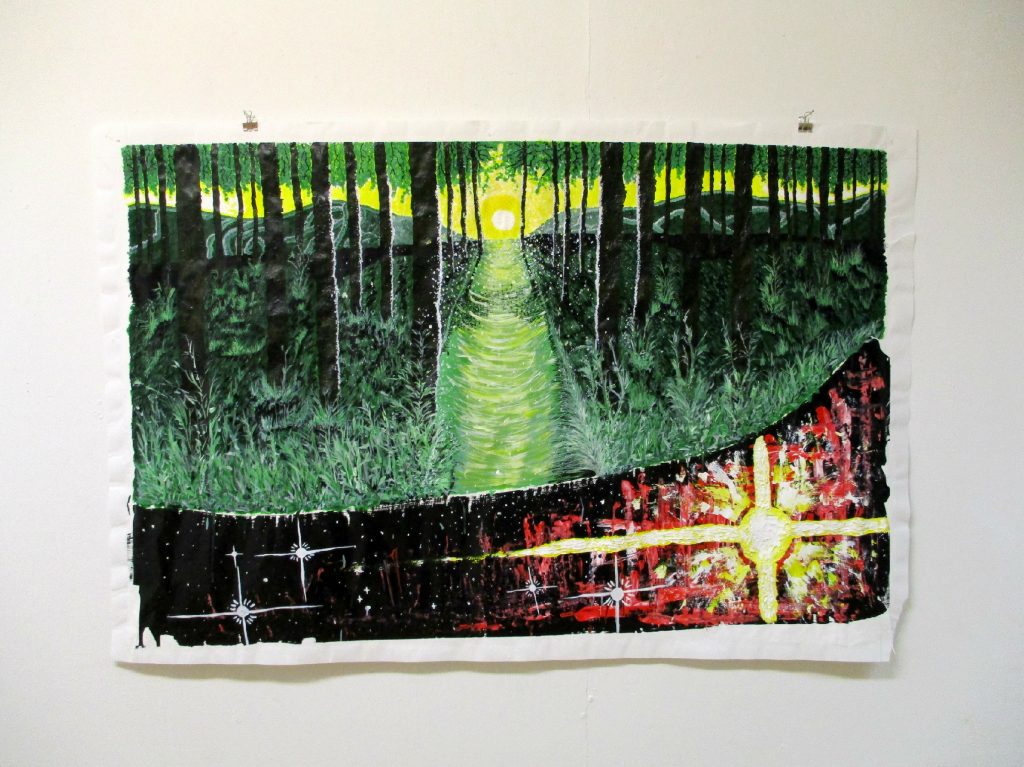


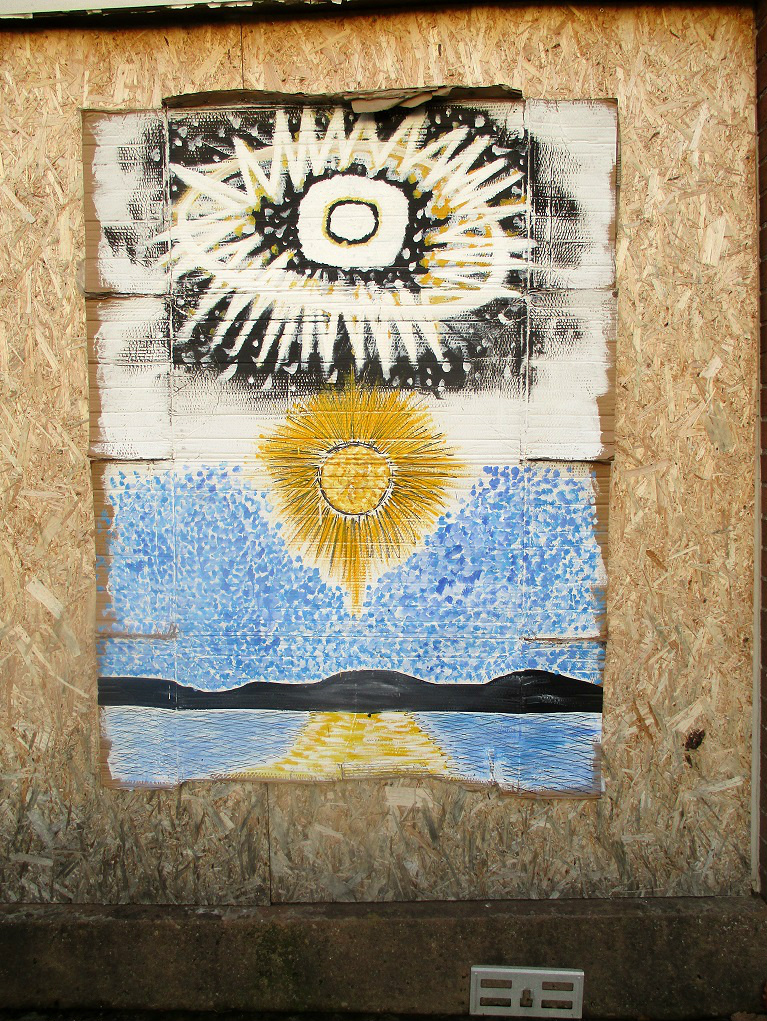
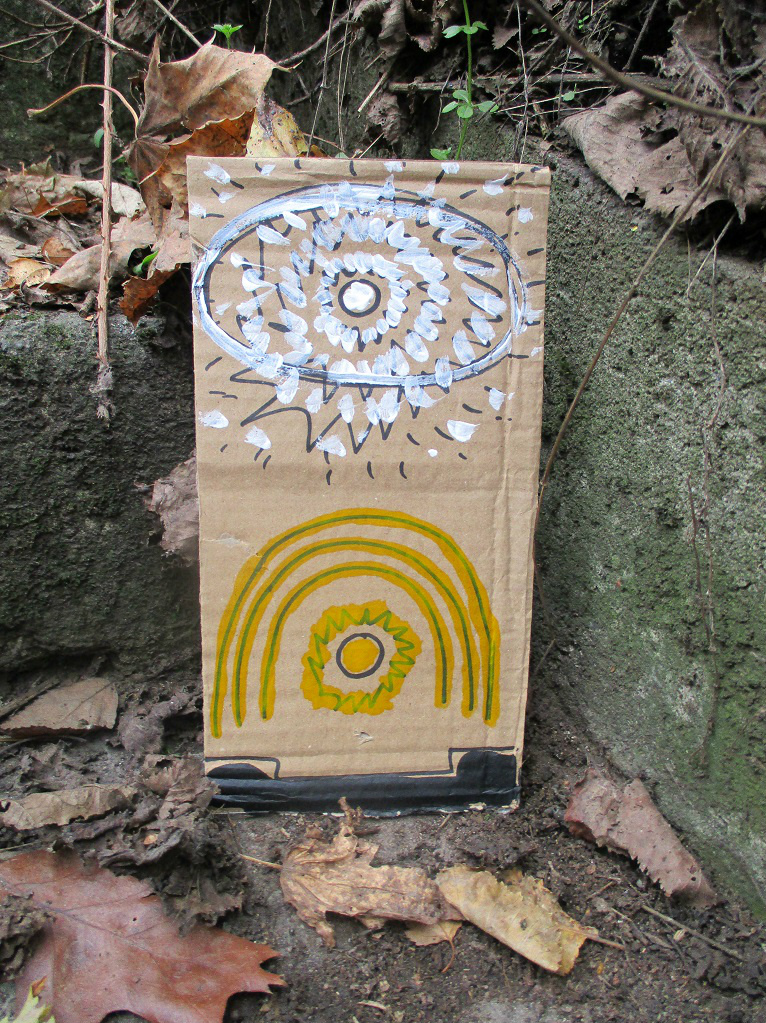

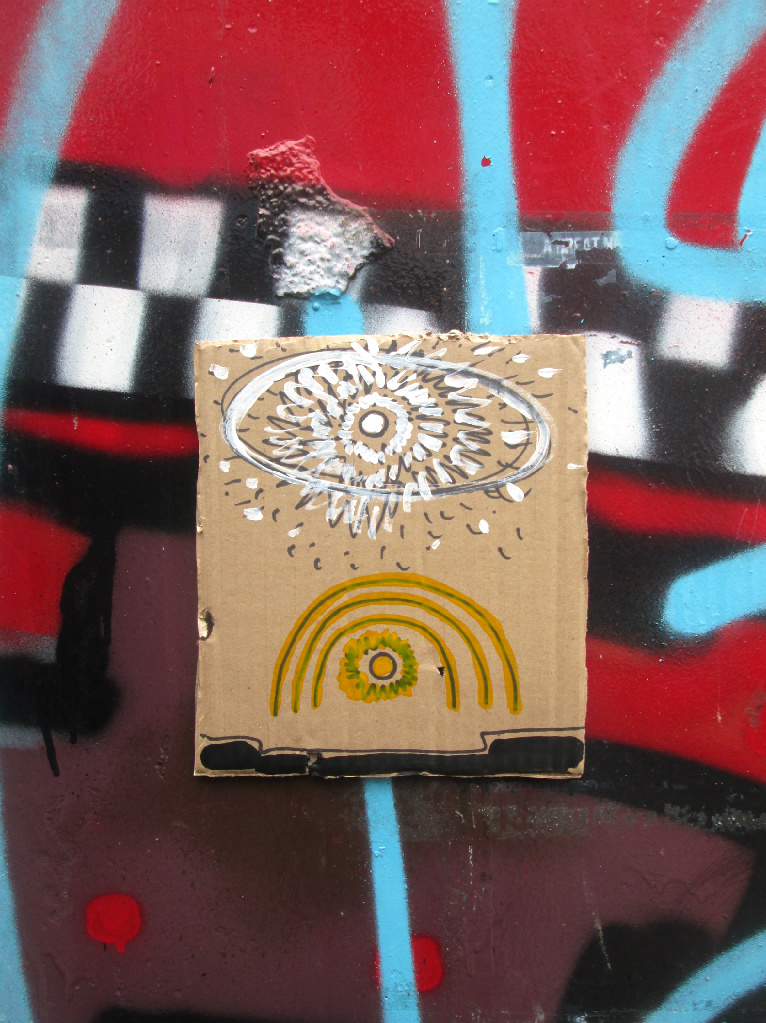
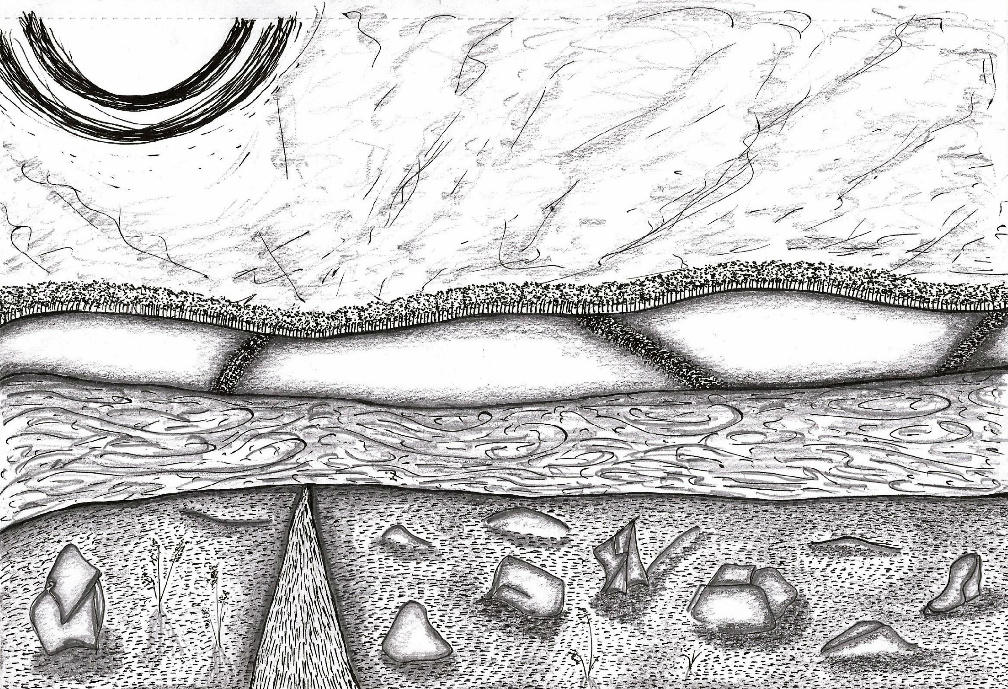

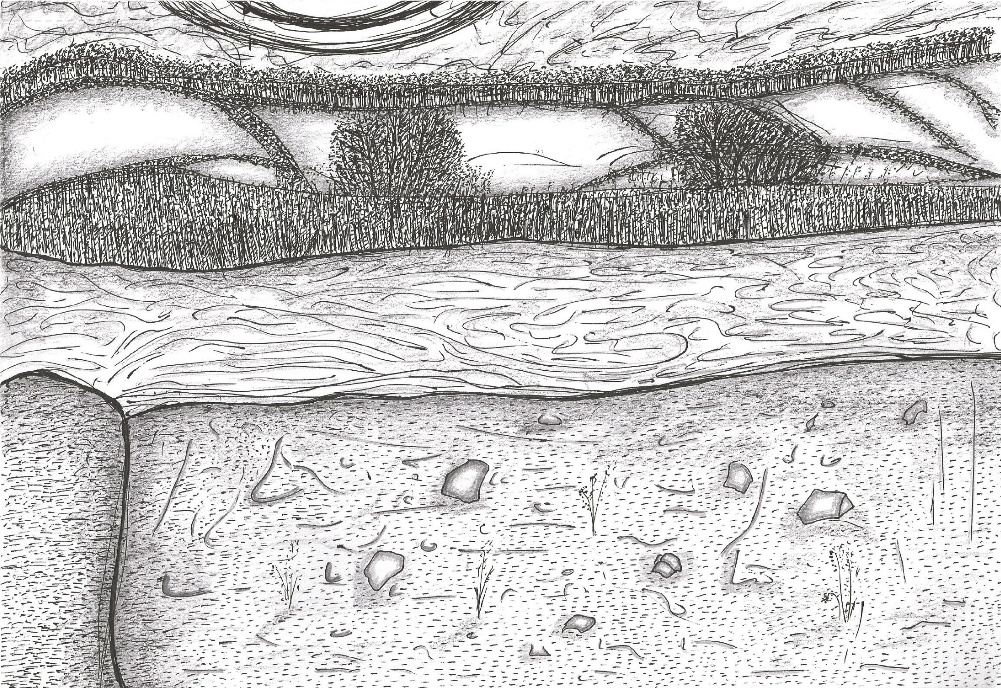
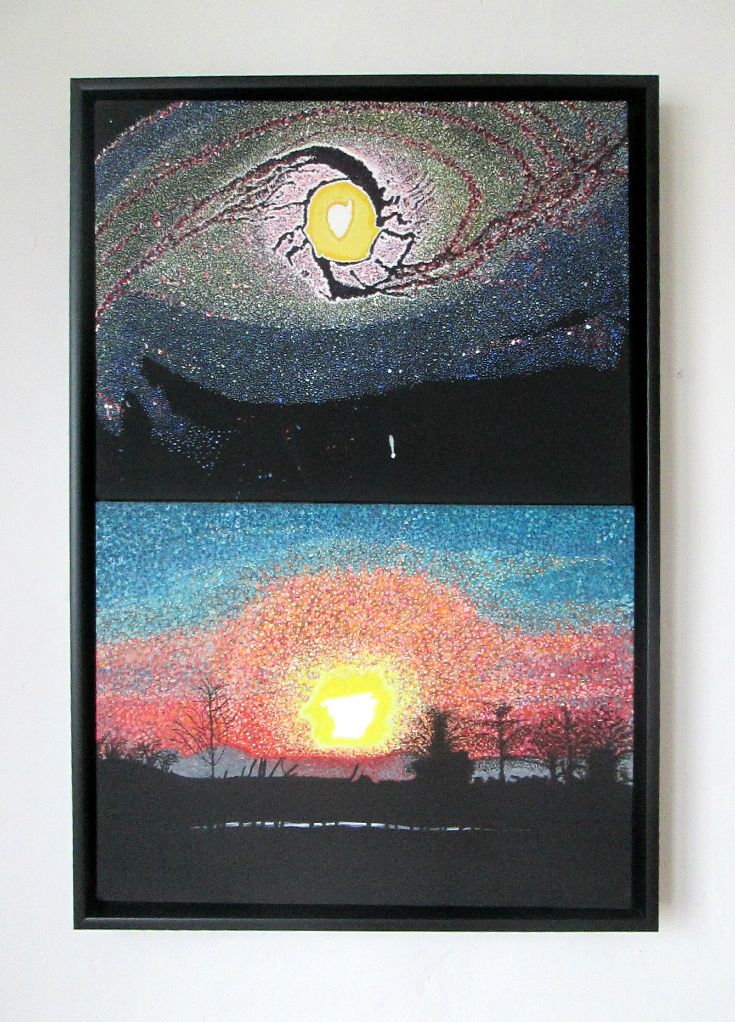
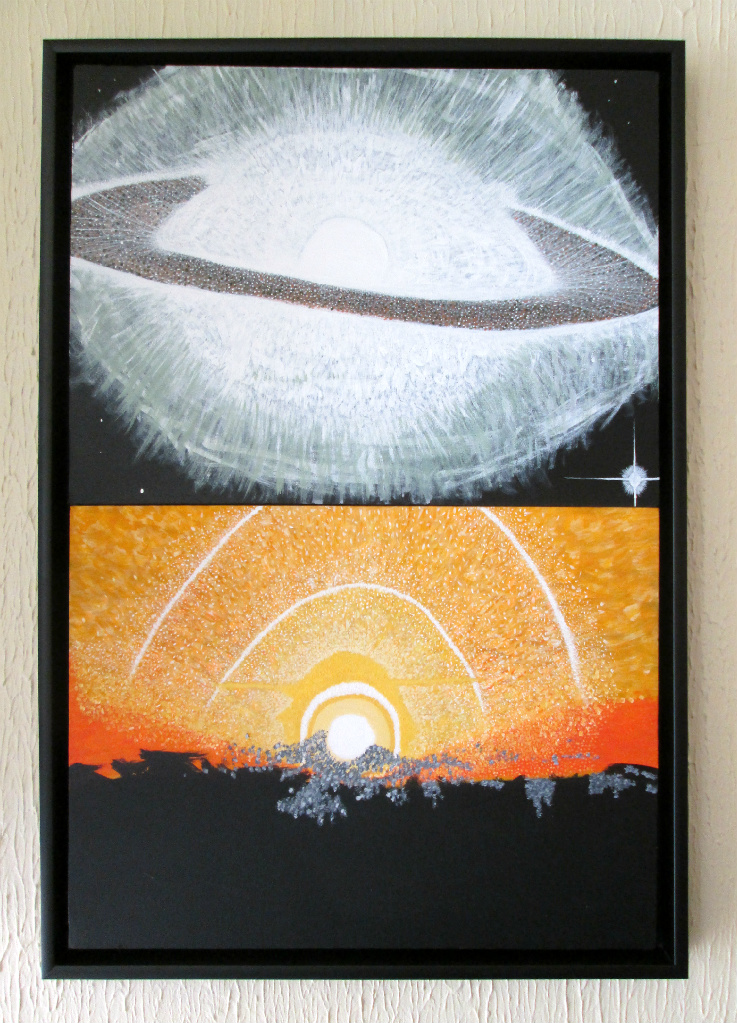
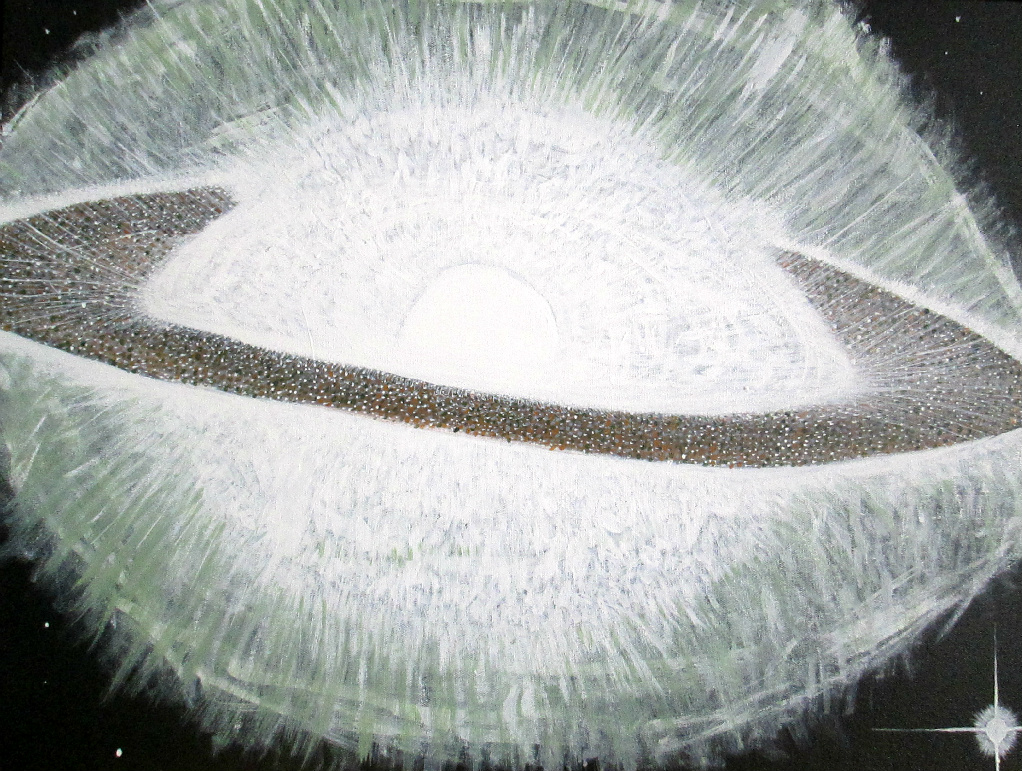

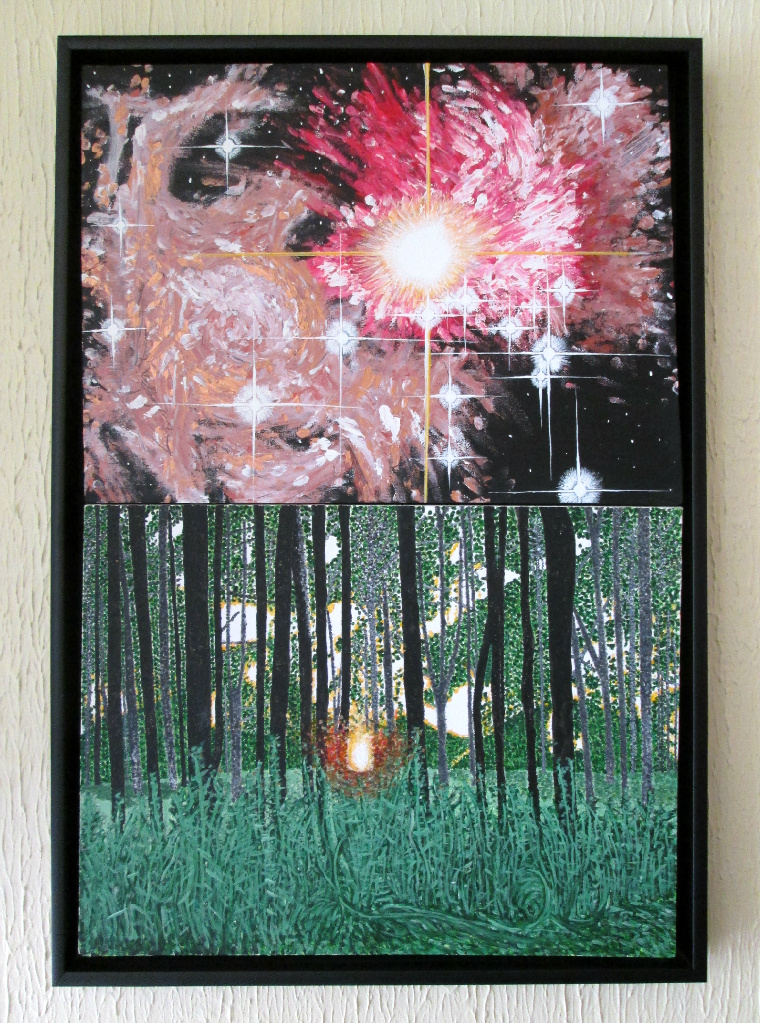
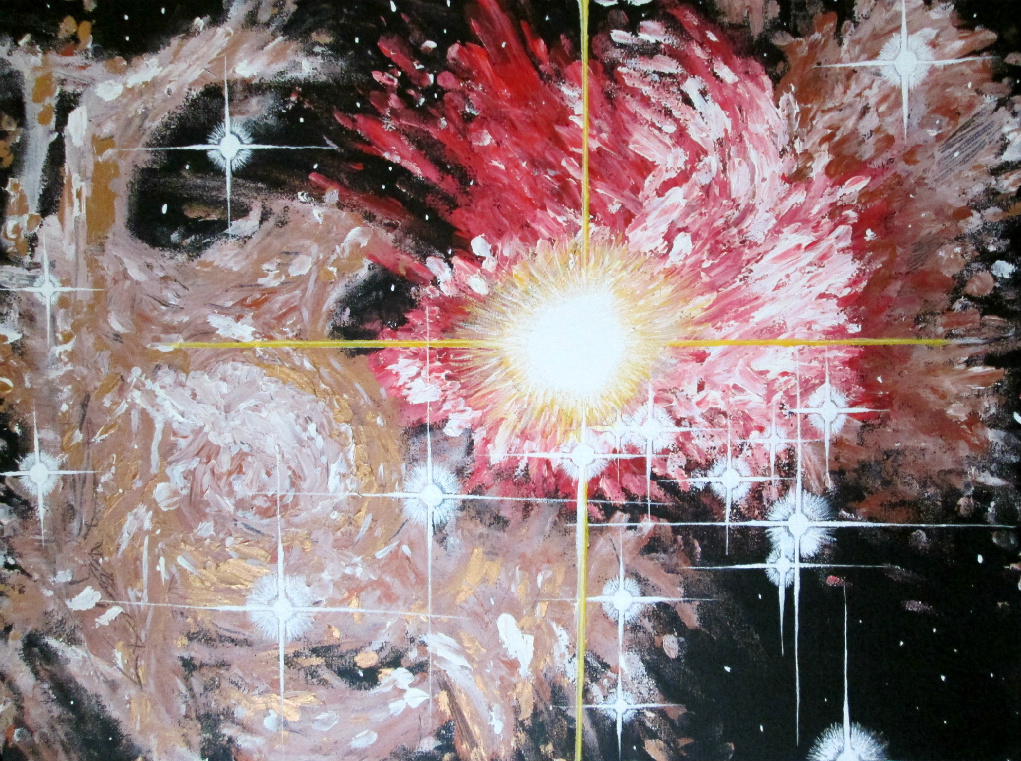

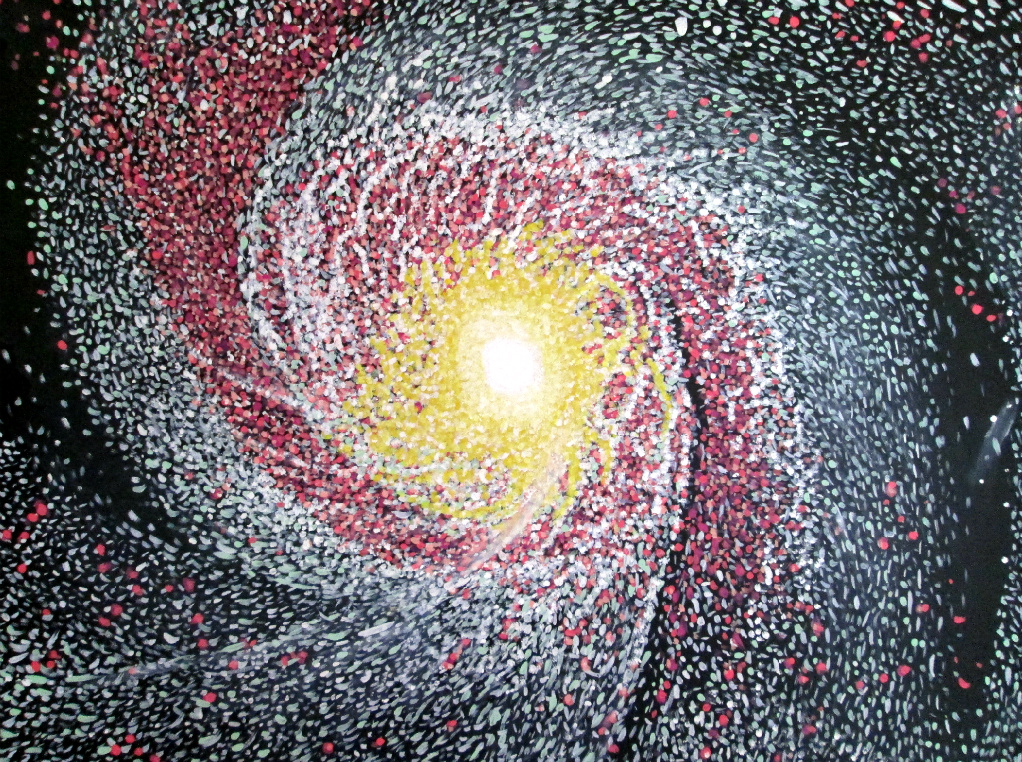



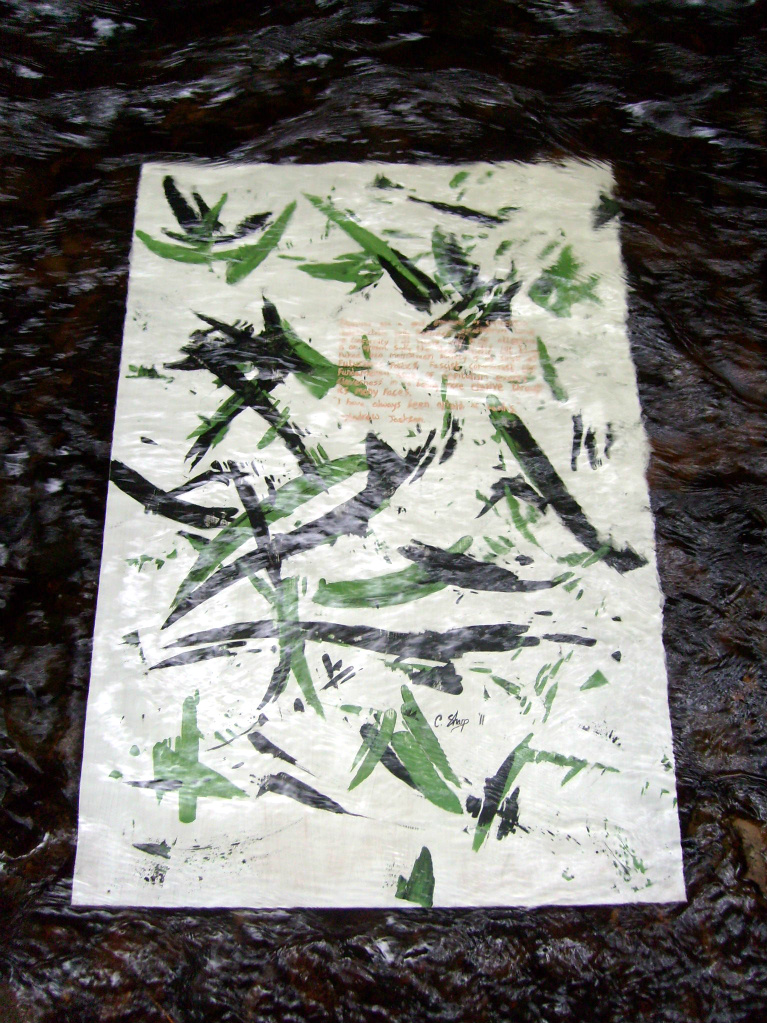



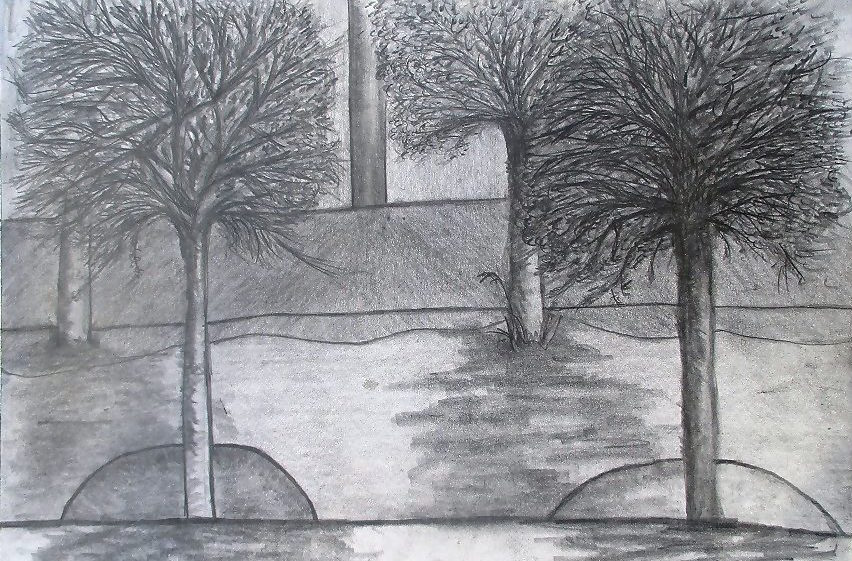
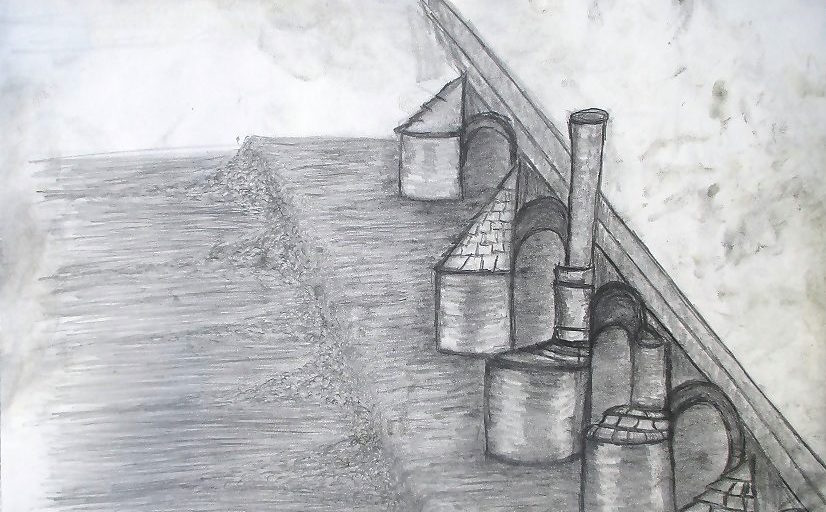

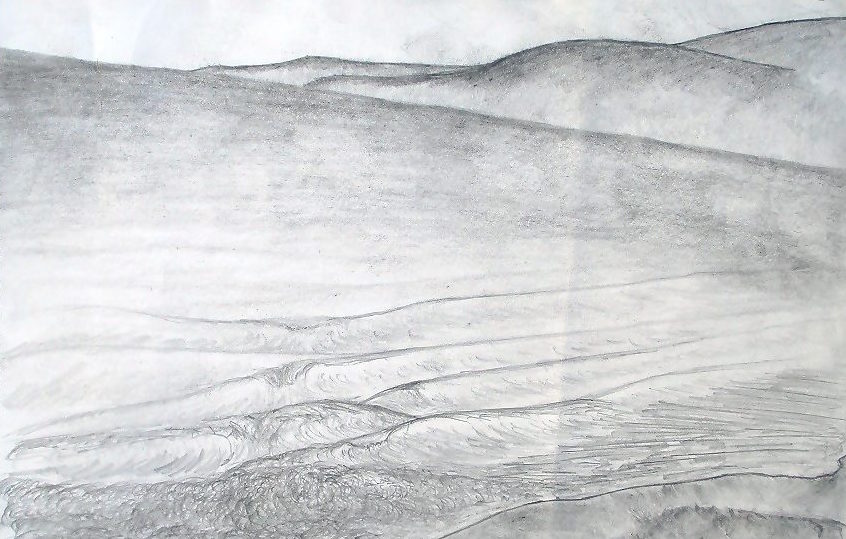
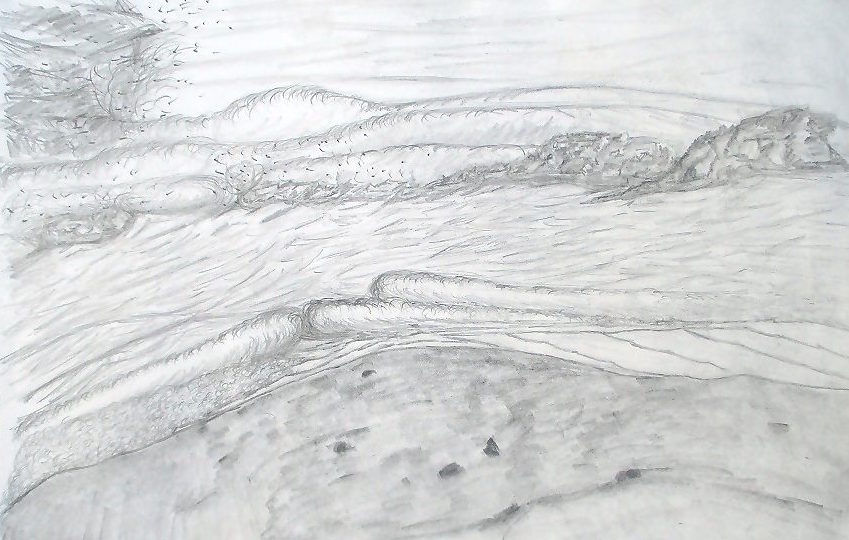
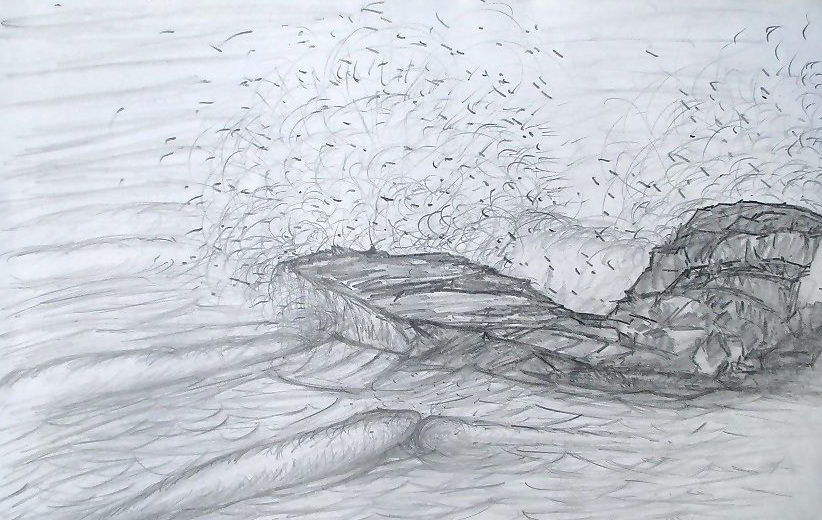
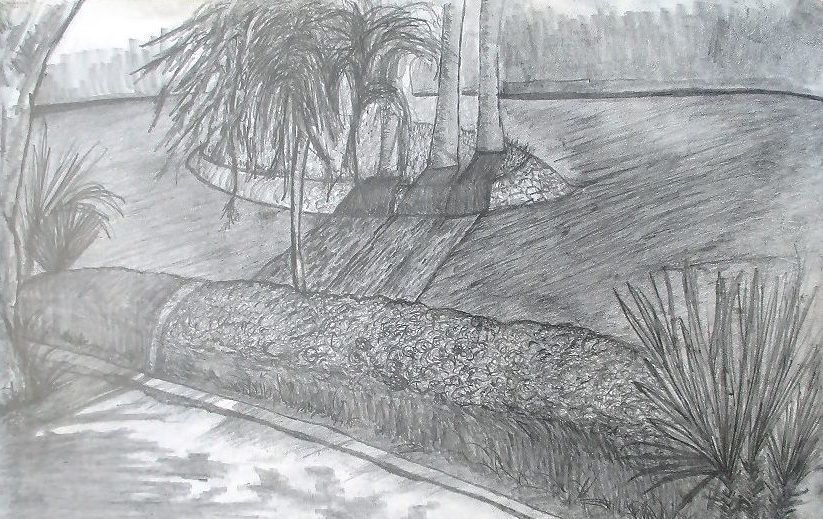
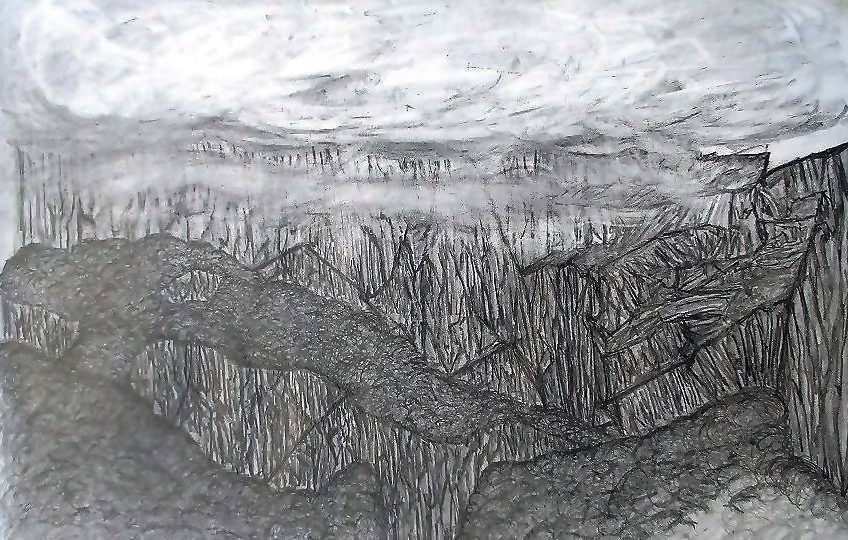
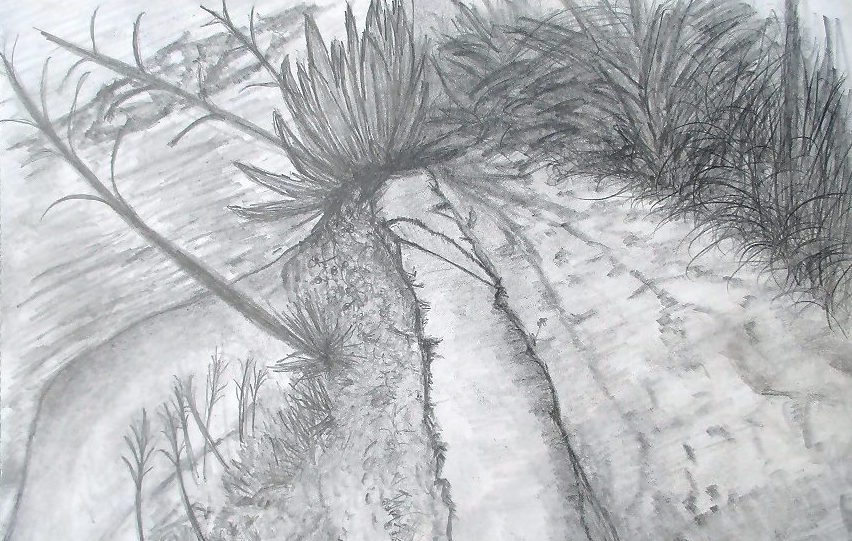

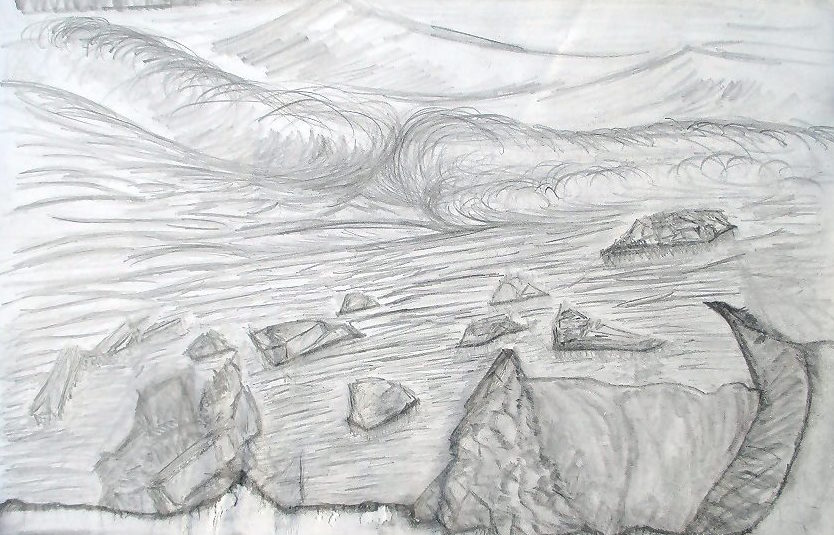
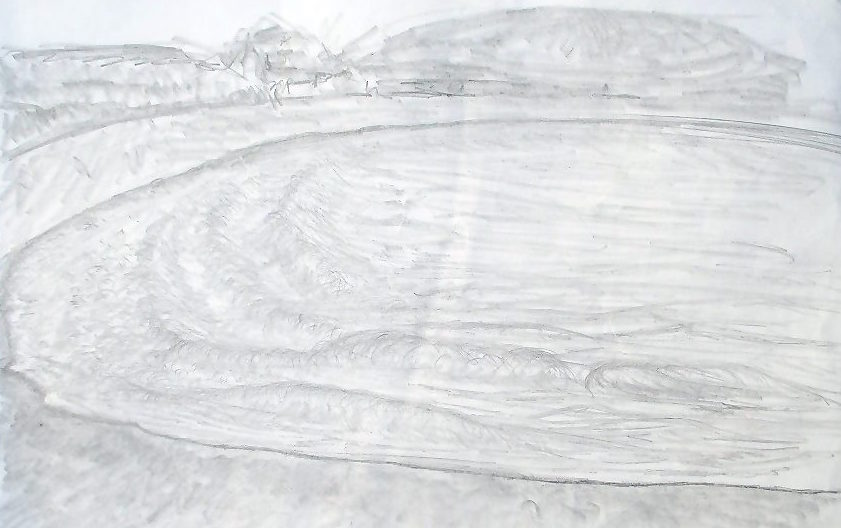
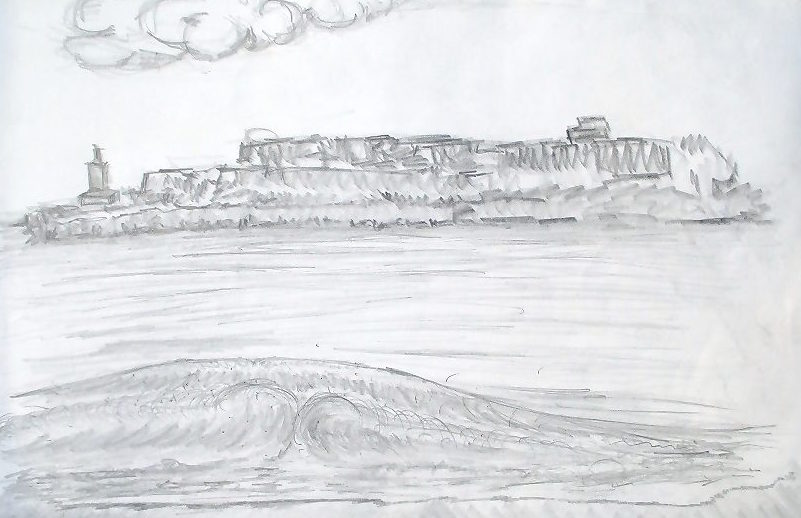

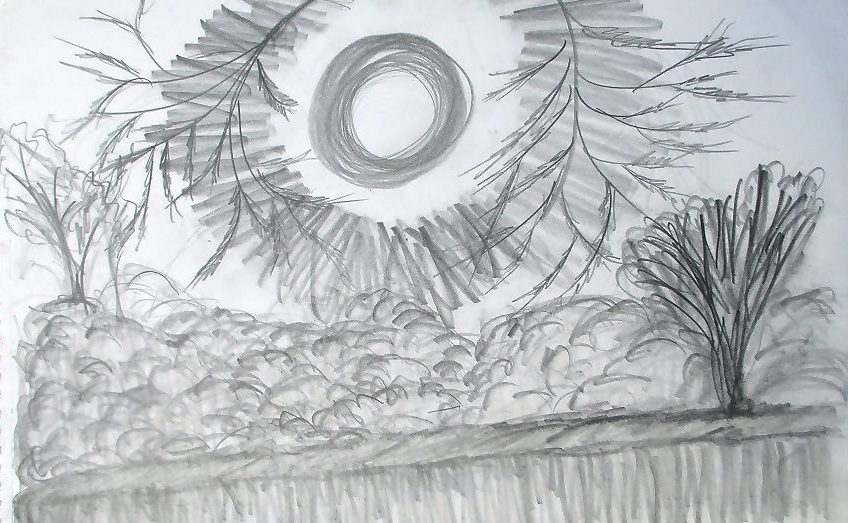

‘The genuine artist is never “true to life.” He sees what is real, but not as we are normally aware of it. We do not go storming through life like actors in a play. Art is never real life.’ ~ Wallace Stevens
Below is a selection of earlier works starting out with purely abstract painting, which gradually morphed into experiments with the figure. I would say I am generally interested in artists associated with modernism, in particular Van Gogh, Klimt, Matisse, Klee and Kandinsky through to the Abstract Expressionists. I have also long been fascinated by Jungian psychology, while reading Wallace Stevens increasingly drew me to the idea of landscapes as visually poetic. Here, I became interested in ancient Chinese painters, such as Ma Yuan and Guo Xi, drawing from the numinous quality of emptiness in their work, and juxtaposing it with the expressionistic use of colour and form synonymous with modernism (above).
